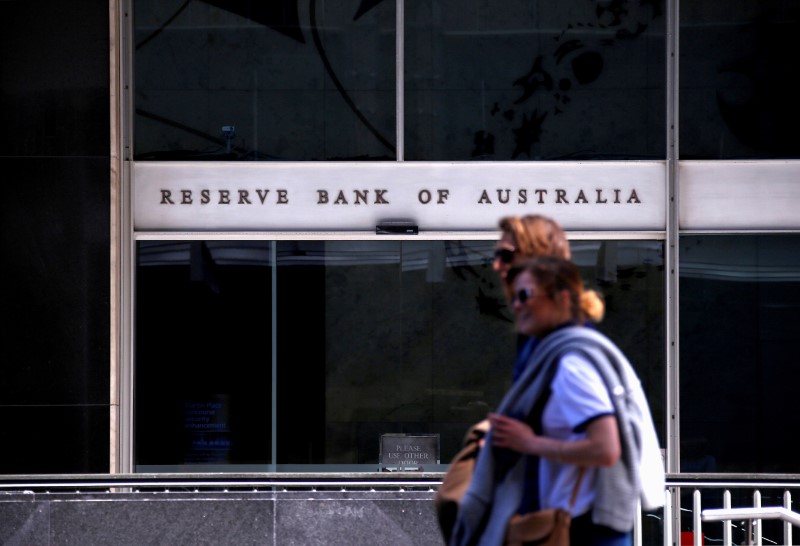(Bloomberg) -- Australia’s government will deliver an economic and fiscal update that’s set to show the biggest budget blowout since World War II, while a second wave of infections delays the pivot of stimulus toward the recovery.
Treasurer Josh Frydenberg will forecast a budget deficit of A$191.5 billion ($133.7 billion) -- around 10% of GDP -- for the 12 months through June 2021, a Bloomberg survey of economists showed ahead of the release in Canberra Thursday morning. They estimate the budget shortfall was A$93 billion in the fiscal year that ended last month.
The run-up to the Treasurer’s statement will also see addresses from the top monetary and finance officials: Reserve Bank of Australia Governor Philip Lowe on Tuesday and banking regulator chair Wayne Byres Wednesday.
A fresh Covid outbreak has forced the lockdown of the Victorian state capital, Melbourne, and new restrictions for restaurants, cafes and bars in New South Wales, torpedoing government plans to pivot from emergency fiscal infusions to facilitating the economic recovery. Frydenberg needs to navigate a path that assists these areas, while helping the rest of the country get back on its feet.
“The statement’s focus will be on jobs and confidence -- policy will be formulated solely around those key objectives that are obviously intertwined,” said Su-Lin Ong, head of economic and fixed-income strategy at Royal Bank of Canada. “Australia is fortunate that it has the fiscal scope to do this, it has the balance sheet. It means a lot of issuance, but there’s very strong demand because Australia still ticks a whole number of boxes for international investors.”
Although Australia added a record 210,000 jobs in June, the unemployment rate is now 7.4%, a 22-year high, and economists see it only edging down to 7.1% by June 2021. On top of that, household sentiment tumbled this month amid the renewed outbreak.
The government’s funding arm has been preparing its war chest for the spending ahead, with a record A$85.6 billion ($59.8 billion) of bonds sold in the three months through June, more than double the previous quarterly record. Yet with projections of gaping budget deficits ahead, the Australian Office of Financial Management will need to raise plenty more cash.
Victoria’s outbreak is significant because the state is responsible for about a quarter of national gross domestic product and employment. Shane Oliver, chief economist at AMP (OTC:AMLTF) Capital Investors Ltd., reckons Melbourne’s lockdown will knock about 1% off GDP this quarter. There’s also “a high risk” it hits confidence in other states, he said.
The government is expected to clarify its intention for the JobKeeper program, a wage subsidy that keeps workers tied to their employers, and JobSeeker, an unemployment benefit that was doubled in response to the virus. Both are due to expire in September.
JobKeeper is likely to be extended because of Melbourne’s lockdown and some industries still struggling. Commonwealth Bank of Australia (OTC:CMWAY) suggests the eligibility criteria could be tightened, or limited to certain industries. CBA’s Gareth Aird said the JobSeeker A$550 coronavirus unemployment supplement could be cut to A$250 from October under a revised system.
RBA’s Lowe discussed the risks to the outlook when he kept the cash rate and three-year yield target at 0.25% this month.
“The nature and speed of the economic recovery remains highly uncertain,” he said. “Uncertainty about the health situation and the future strength of the economy is making many households and businesses cautious, and this is affecting consumption and investment plans.”
©2020 Bloomberg L.P.
